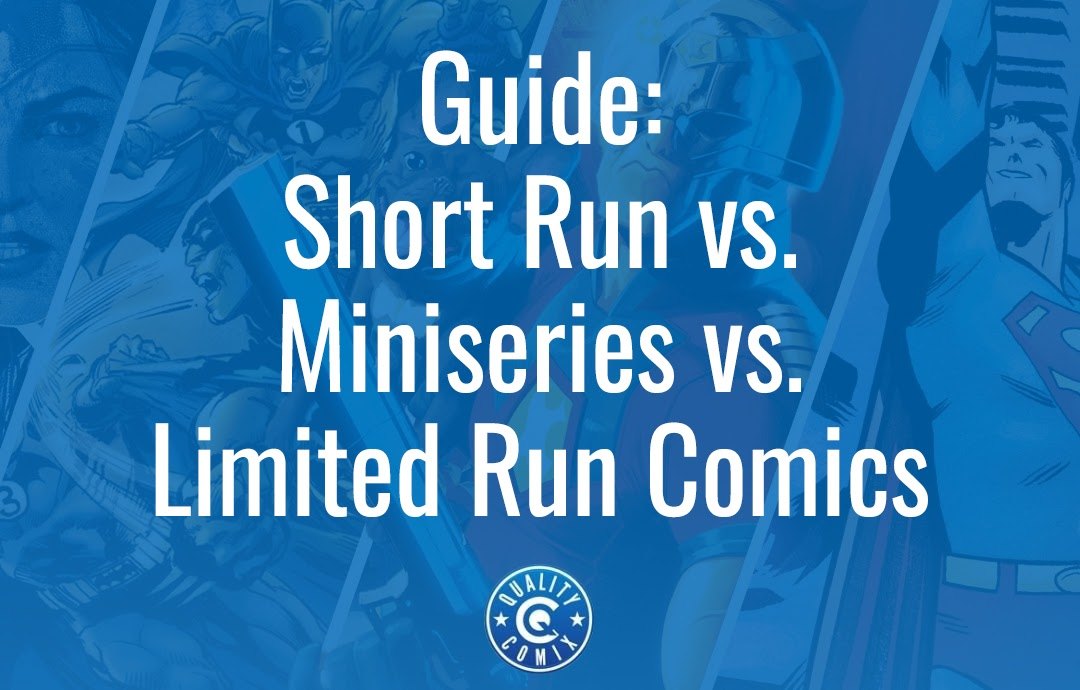
When you're collecting comics, you're likely to run into a lot of terms, and what they mean is not always clear. This can be especially troubling when they all mean broadly the same thing, but you know there has to be nuance to it. Otherwise, multiple terms wouldn't really be in use, right?
Three such terms that come up a lot are short runs, limited runs, and miniseries comics. The broad meaning is clear – comics that have a limited number of issues and don't run indefinitely the way main-line comics do – but are there nuances to each definition? Let's discuss.
Table of Contents
What is a Limited Run Comic?
A limited-run comic is a comic with a fixed number of issues. Sometimes, this limit is because the authors have a story to tell, figure out how many issues it will take to tell the story, and end it there. Other times, a publisher might look at their printing and editorial calendars, find they have 8 months of free space, and hire people to produce an 8-issue story to fit in that gap.
Limited runs, also known as limited series', can be pretty much any number of issues as long as there's a defined endpoint when it starts. Usually, though, it's somewhere between one issue (for a one-shot comic) up to about 12 issues (for one year of monthly releases.)
Here's an example on the longer side of things: the comic DIE. DIE was a fantastic limited-run comic set in a tabletop RPG setting based on D20 roleplaying (hence the name DIE, as in a singular dice). The use of the D20 conveniently lends thematic weight to the number 20, so the comic was created to have 20 issues.
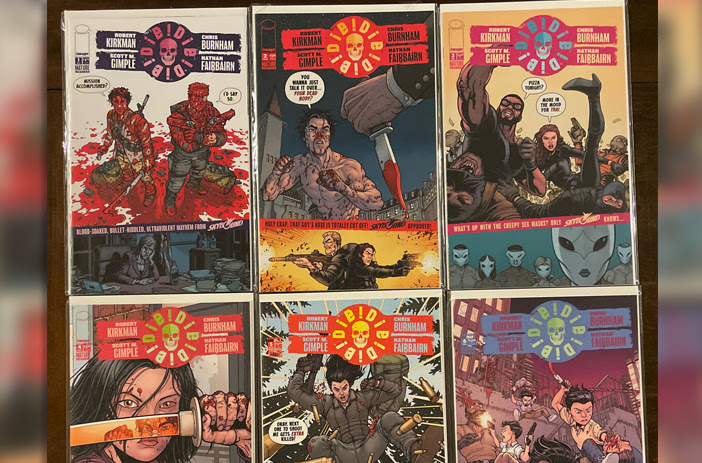
Note: There's another usage of the term limited-run, which is a limited print run. This is the term used for when a publisher artificially limits the number of copies of any given issue they produce. Sometimes, they do this because they don't expect many sales, and other times, it's an intentional marketing gimmick so they can say, "Only 5,000 copies were printed!" Either way, it's a constraint on the number of copies of an issue, not the number of issues in a story. I'm putting this definition as a side note here because it's not a comparable term to short-run and miniseries.
Another example of a limited-run comic is Marvel's Secret Wars, of which Secret Wars #8 is perhaps the most famous as the origin of the black Spider-Man suit. Another famous example is the Crisis on Infinite Earths, which was used as a full reboot of the entire comics universe in DC and is the 12-issue dividing line between pre-Crisis and post-Crisis comics.
With the broad definition of a limited run out of the way, what about the other two?
What is a Miniseries Comic?
A miniseries comic is a comic with a fixed number of issues. So, how is it different than a limited-run comic?
Truthfully, it isn't. In fact, the term "limited run" is newer than "miniseries" and is basically just an Americanized way of saying the same thing. Miniseries is still used prominently throughout the industry but is also more popular in other countries.
The term miniseries was created back in 1979. In the 70s, comics were struggling. Their popularity had surged, and publishers put out as many different comics and characters as they could to try to capitalize. This ended up unsustainable, and the history of comics is littered with storylines that don't go anywhere or are unceremoniously canceled. It was primarily a DC Comics thing, with the DC Explosion and DC Implosion causing major shake-ups in the industry.
Rather than greenlight more indefinite, long-run comics, DC started experimenting with limited-run comics in the form of miniseries'. The first two examples of miniseries', at least in the West, star DC's most popular characters, Superman and Batman. They're both three-issue miniseries, singular stories told in those issues, with a beginning, middle, and end.
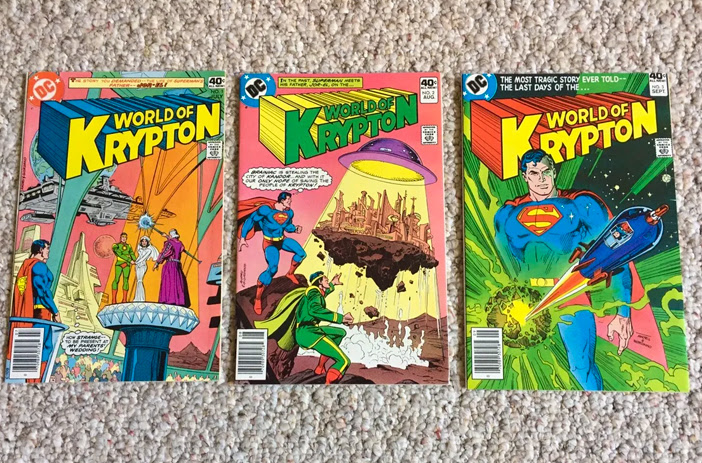
They are:
The success of these short stories prompted other publishers to follow suit, and the miniseries comic as we know it was born.
There are a few ways that the term miniseries may be used in a slightly different context, though.
The first is that a miniseries is generally short. Where a limited run can be as long as a publisher wants as long as it tangibly ends, a miniseries might be limited to 12 issues. The corresponding term for a longer limited run is "maxiseries."
Another is actually from television. In the UK primarily, they don't use "series" the same way we do. What we call a series, they call a serial, and what we call a season, they call a series. A miniseries in television is much the same concept: an individual story told in just a few episodes, distinct from an overall series or serial.
What is a Short Run Comic?
A short-run comic can mean one of three things.
First, in casual usage, it means the same thing as miniseries or limited-run comics, with one slight difference. More in line with miniseries, a short-run comic is just a comic with a short run. Usually, people looking for short-run comics are looking for complete stories told in under 12 issues, but usually closer to 3-5 issues.
The primary difference here is that it doesn't have to be a story that was intentionally ended. A lot of short-run comics are similar to the popular TV short-run show Firefly, a short series that was canceled in its time but has become popular and a cult classic since. Even though the stories are unfinished, they're still popular and beloved by their fans.
The caveat with this term is that it's not an official industry term the way miniseries and limited-run are. Publishers don't generally refer to comics as short runs. After all, they already have the other terms for that!
The second possibility, and the one where you're more likely to see the term short run, is a very short comic or even a mini-comic. Mini-comics aren't quite the same thing – they're usually physically smaller in dimensions, sometimes even as small as a matchbook – but mini-comics are also frequently short runs as well.
The third and most common is actually tied back to that side note from the very top: short print runs. A short-run comic is often a comic with very few copies made, usually by an indie comic creator and possibly even made by hand. Something like the original issues of Teenage Mutant Ninja Turtles might even qualify as a short-run comic.
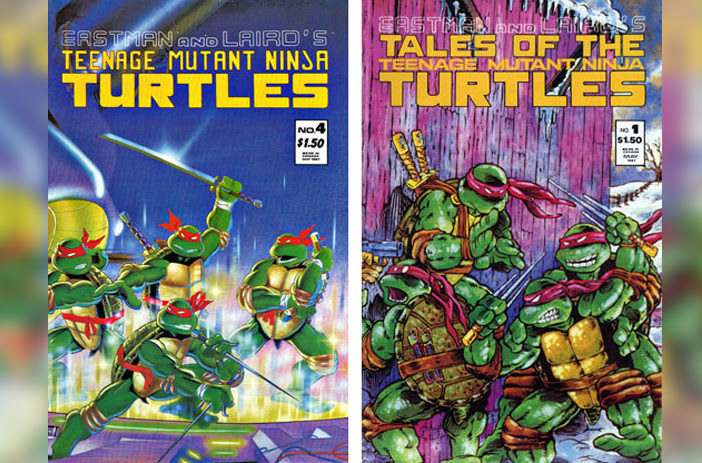
There's also one more way you'll see short-run used in comics, but it's completely different than every other definition so far: the Short Run Comix Festival hosted annually in Seattle. This festival is a celebration of indie – true indie, not "indie" like Image or Dark Horse – comics. It's focused on self-published, home-printed, hand-made, and other underground comics.
What Does All of This Mean for Comic Collecting?
Truthfully, not a whole lot, depending on your goals for collecting.
Short, limited, and miniseries comics are all collectively comics that have a limited number of issues. That means, for collectors in it for the love of the game and not for investment, it's a perfectly tangible and acceptable goal to try to get a full series put together. Picking up all three issues of World of Krypton isn't just an easy goal to achieve; you can do it any time you like on eBay for about $20.
This can also be a way to turn a set of dollar bin books into a bit of profit. If you have a limited-run series of five books, and each book costs you $2 to buy, you're in it for $10. But selling the full set together might be able to net you $20 because buyers would rather make one purchase rather than five and avoid four instances of shipping costs. Putting together a full set can double your investment in these kinds of instances.

The math changes if you have something like Secret Wars. Secret Wars had 12 issues, and one of them is a sought-after key. Most issues in Secret Wars run about $50 for a 9.X graded copy, but issue #8 is about 10x that price at $500 for a high-grade. It's harder and more expensive to put together a full set since the key makes it a challenge.
So, for collectors who like putting together full stories, collecting limited runs is a boon. Imagine trying to put together a "full set" of Batman. The comic line simply titled "Batman" started with Issue #1 in 1940 and technically ended with Issue #713 in 2011. That's a lot of comics to buy if you want a "complete set" of Batman. Of course, most people don't do this and instead seek out keys or just individual storylines they like within the overall line.
Limited Print Runs and Comic Collecting
The exception to this is the alternative definition of limited runs, which are about print runs. Print runs are the limiting factor on a lot of comics, and it's a big part of why vintage Golden Age comics are worth so much more than more modern comics. There were simply not nearly as many copies of those older comics ever made, and over the intervening 80 years, many of those have been damaged or destroyed.
Limited print runs and short print runs just mean a comic is scarce. In modern parlance, that might mean a few hundred, a few thousand, or a few tens of thousands of copies of a comic, depending on the scope and scale of the publisher. That original TMNT I mentioned above? They only printed 3,000 copies of it. It's very scarce, and while reissues, reprints, and even counterfeits abound, finding a true original is a hard prospect.
Scarcity generally means value, assuming interest. There are, of course, countless independent comics, short-run comics, and other scarce comics that have no value because no one cares about them outside of maybe as cultural artifacts of a small area or community. At the same time, there are "limited run" comics that are bounded by issue count, not print run, and so they're not valuable because there are millions of them.
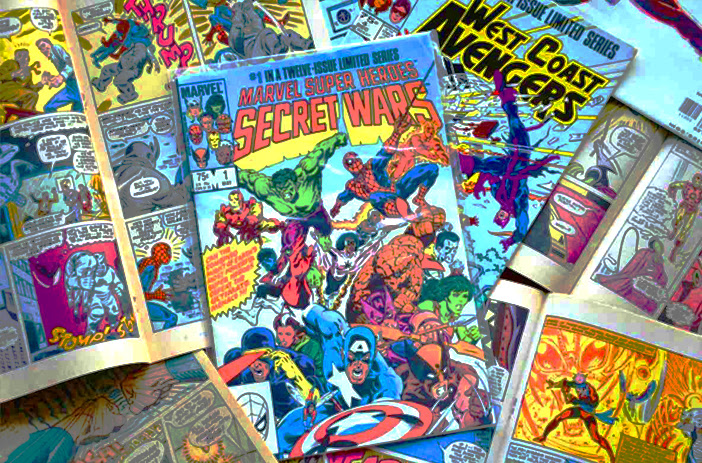
As with all things, comics are a land of contrasts, and you're going to be navigating this industry with an eye for what you want to get out of it. Some people like having complete collections and stories, and that's a good opportunity to get into miniseries and limited-run collecting. On the other hand, some people are in it for the value, which means paying attention to keys, print runs, and the possibility of putting together collections to resell.
And for those of us who just enjoy reading stories, limited-run comics are often prime candidates for eventual publication in trade paperbacks and omnibus collections. The comic Bone is a great example. Putting together a collection of individual issues can be tricky because the first 20 and final 27 issues were self-published, but the middle seven (21-27) were published by Image. Building that collection of all 55 issues can be tough. But if you just want to read it all, you can easily find the complete collection paperback on store shelves.
If you're into comics for their value, though, we're a great resource for you. We're one of the largest dealers in high-end graded comics, and our store is full of everything from high-grade keys to scarce, limited print-run books, all available for sale. And, if you've been collecting these kinds of limited comics for a while and need to offload some of them, we're also always interested in buying comics. Just fill out our form, and you can get a free, no-pressure, no-obligation appraisal and even an offer quickly and easily. If you have any questions, please feel free to let us know at any time!

 Brent Moeshlin
Brent Moeshlin


